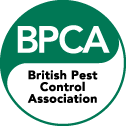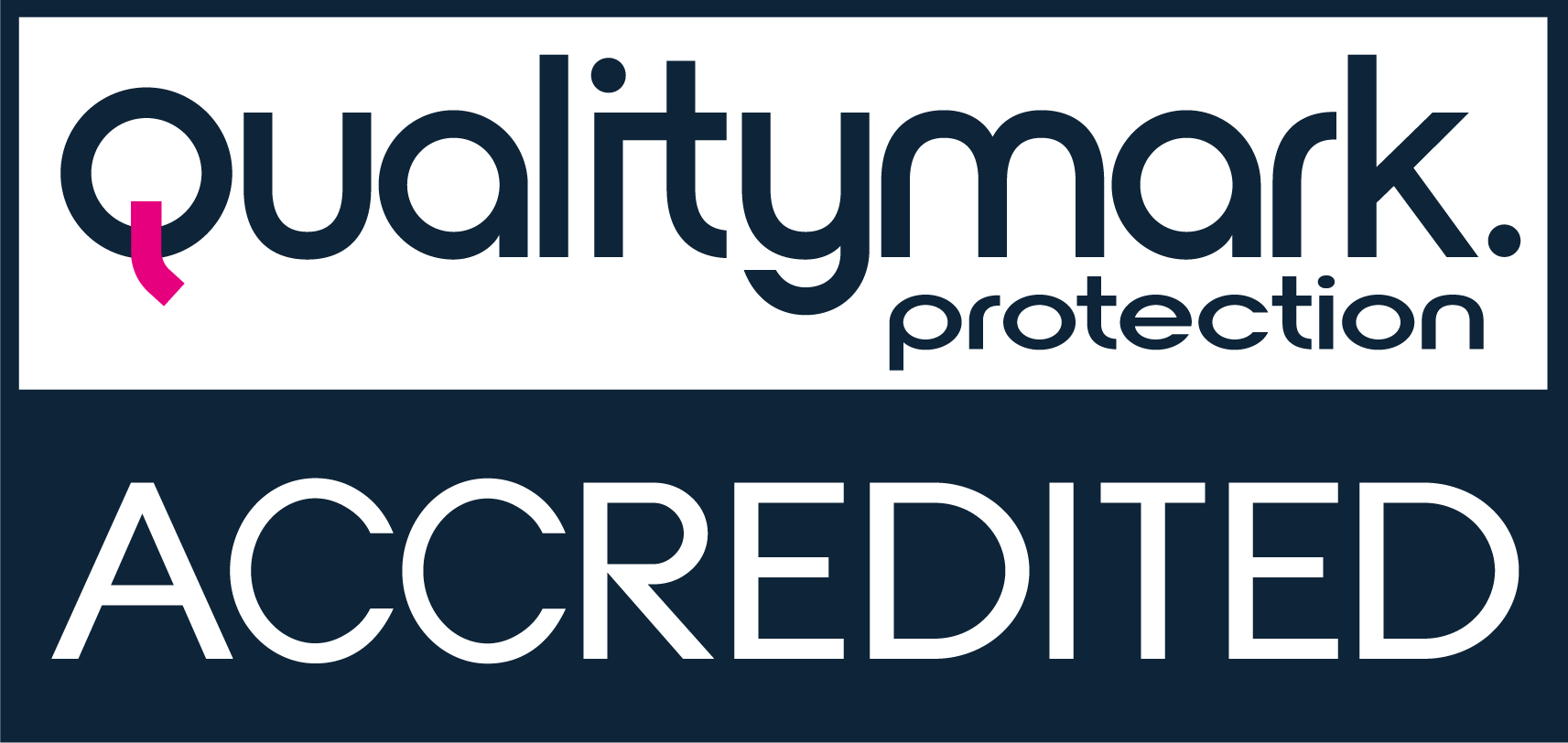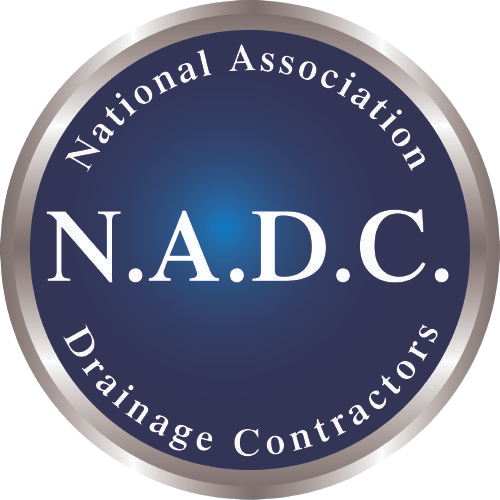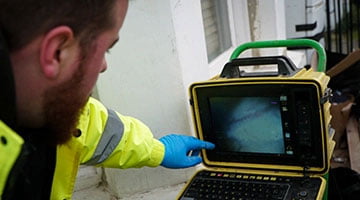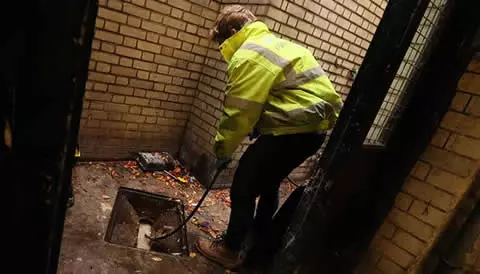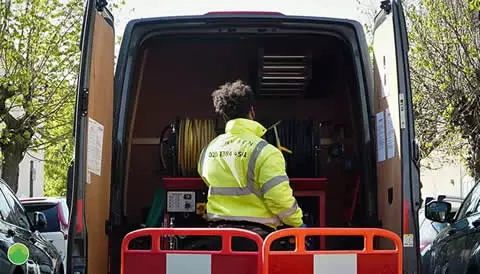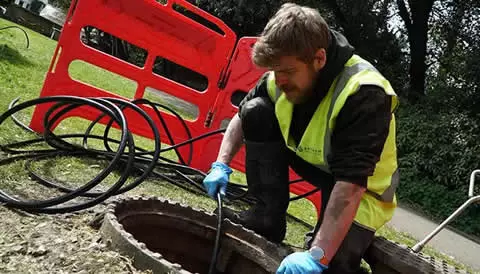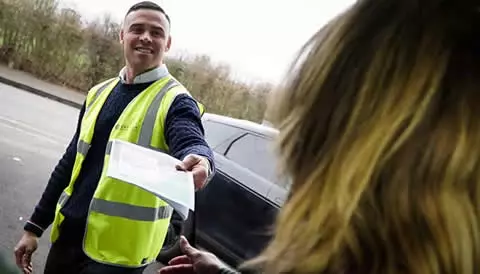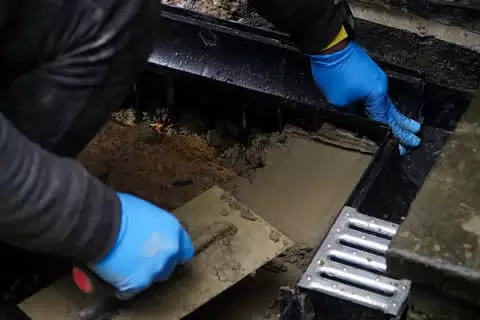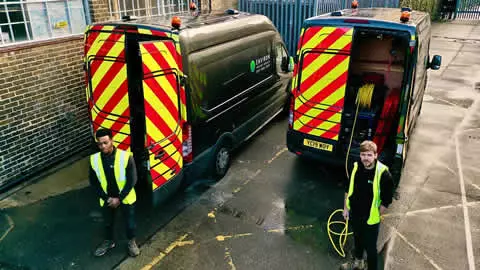Damp and mould are dreaded side effects of a collapsed drain as well. As water leaks from the collapsed pipe, damp patch and discoloration can begin to appear on your walls. As the damp continues to spread, it can also turn into mould, which is not only harmful to your property, but your health and that of your family as well! If you notice damp or mould, coupled with any other symptoms, then chances are you have a collapsed drain and should seek immediate professional advice.
Rodents are notoriously skilled at making their way into properties and homes through broken or collapsed pipes within a drainage system! They can use any defect within a pipe to maneuver their way into your home, and quickly spread into a rodent infestation. Tell tale signs of scratching under the floorboards, chewed paper and food, and the unmistakable smell of rodent urine can alert you to the fact that rodents are finding their way into your home from within your drains! The best way to handle this is to have one of our expert engineers come out and take a look at your drainage system using a CCTV survey. We can use the information we find to locate the collapsed pipe, as well as the rodents living within your drains, so that we can solve both problems quickly and efficiently.
Slow drains can be a symptom of blocked drains, a much milder drainage problem, or they can be a sign of a collapsed drain! Your first instinct may be to have any blockages removed, which can definitely solve the smaller problem. However, if slow drainage continues to persist even after unblocking services, then chances are that you have a collapsed drain within your drainage system that needs immediate attention. Tree root ingress, broken pipes, and erosion can all lead to collapsed drains. Our team of skilled engineers are highly trained when it comes to using CCTV surveys to investigate your drainage system and finding the culprit of what is causing your slow drainage. Once we find the cause, we can either recommend the best course of action.
When sewage water can not physically move through the drains due to collapsed pipes, the unpleasant result is often backed up sewers and reoccurring drain blockages.

